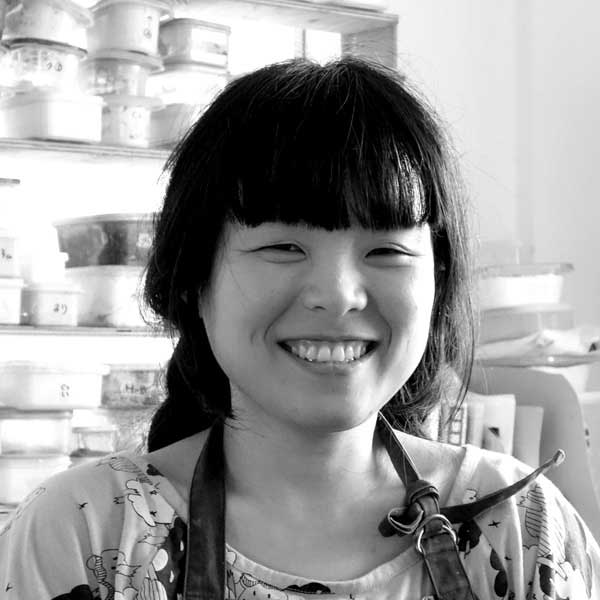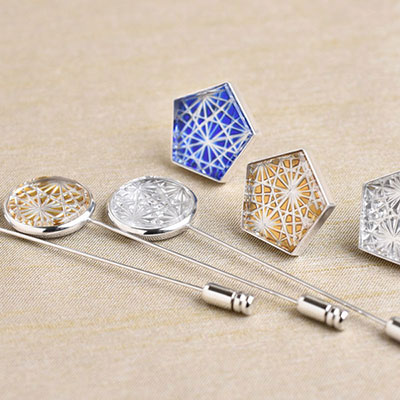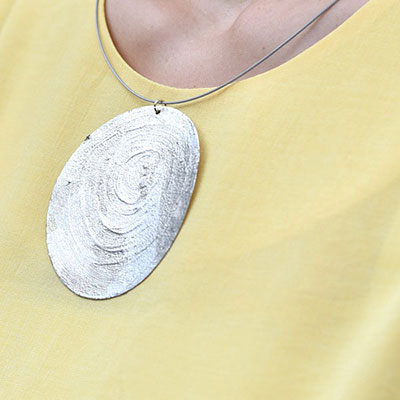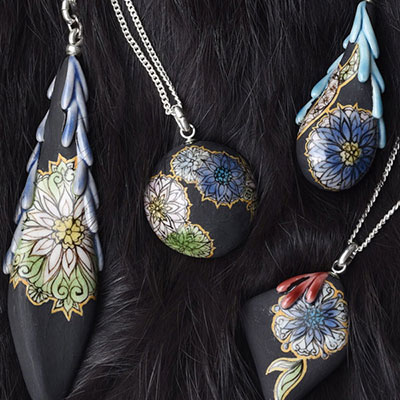Story
Are you familiar with the term, yokai ? If you are a fan of manga or anime, you probably know that a number of popular characters are inspired by yokai motifs. Yokai are folklore spirits which sometimes play pranks on people. They may give you a shock, but for Japanese people, they are not something to be afraid of or disliked - in fact, you get used to having them around! Ms. Kawada has selected the yokai she finds most appealing for her creations.

























